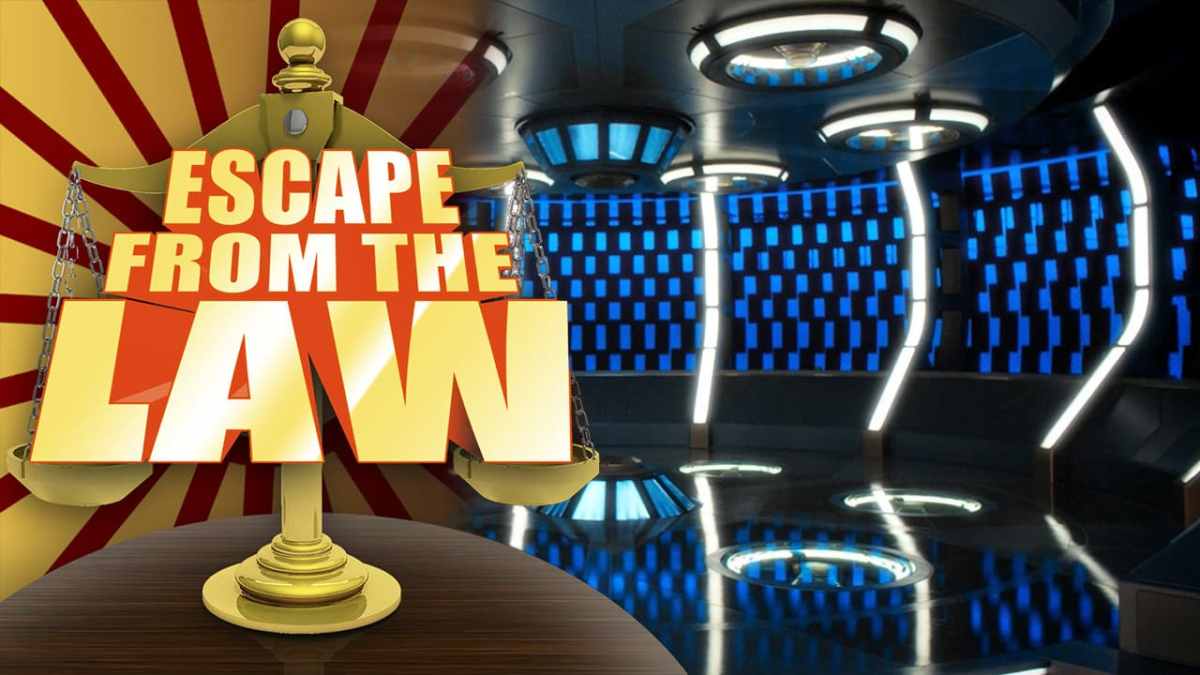Welcome to Part II of the Transporter Conundrum, an examination of the legal implications of Star Trek transporters. Last time, we considered whether transporters are legally problematic when they work as intended and found that the answer hinges on complicated philosophical questions about the meaning of life. This week, we’ll continue the discussion by looking at some of the legal issues raised when transporters malfunction or when they are used for an unintended purpose.
Before we get to the nitty-gritty, there is some low-hanging fruit to address: Obviously, it would be illegal to intentionally beam someone into space, into a bulkhead, or any other place that would lead directly to the transporter’s death. (Surprisingly, it looks like transporters have never been used to intentionally kill someone, though there was one instance in which two officers were inadvertently beamed into space.)
By the same stroke, it would be illegal to use a transporter to put a person into suspended animation or to substantially alter someone’s appearance or genetics. And as explained last week, it would also be illegal to transport someone without their consent, as that would constitute kidnapping.
Because transporter weaponization is illegal, our inquiry functionally amounts to an analysis of transporter accidents and mistakes, and the nature (if any) of a person’s obligation to fix mistakes.

Negligence Standards
In most instances, liability for injuries is evaluated based on a negligence standard. For example, If I hit a person with my car, I would not be liable unless I made some kind of mistake — running a red light, driving too fast, etc. The key question is whether one’s injuries were caused by a lack of reasonable care. The “reasonable care” standard is perhaps the most common standard in the law, and it applies in a wide range of cases.
The “reasonable care” standard, however, is not universal. In particular, it does not apply to activities that are “inherently risky” or “ultrahazardous,” such as blasting, transporting explosives, reservoir work, or keeping wild animals. When an accident involves an inherently risky activity, the person or entity that runs or controls the operation can be held liable regardless of whether they were negligent.
In fact, when an accident involves an inherently risky activity, the person or entity that runs the operation can be held liable even if they can prove that they acted perfectly. This is called strict liability, and it is motivated by the idea that, when it comes to ultrahazardous activities, no amount of care or perfection can prevent all accidents. Because bad outcomes are inevitable, it makes sense to require the parties engaging in the activity to account for the inevitable negative outcomes.

Are Transporters Ultrahazardous?
When evaluating liability for transporter mistakes and malfunctions, the most important question is whether courts would apply the ordinary negligence standard or strict liability. If the negligence standard applied, then very few mistakes would lead to liability.
We can infer that starship personnel receive extensive training in how to operate transporters and how to resolve transporter problems. Likewise, we know that the computer includes numerous safeguards that are designed to prevent transporter mistakes. For example, a transport does not complete unless the computer can get a “signal lock.” Likewise, the computer will not allow anyone to even attempt a transport through shields.
To determine whether an activity is ultrahazardous or inherently risky, courts consider several factors, including the following:
- the likelihood of a malfunction
- the magnitude of harm caused by the malfunction
- the extent to which reasonable care can minimize the likely harm
- how common the underlying activity is
- the social utility of the activity
- whether the activity is used in an appropriate context (In other words, are you using the transporter to transport people or to perform some other function, such as changing a person’s genetics/appearance or to cook food? For our discussion, this is a non-issue.)
The first three factors are the most important.

On balance, the factors support the conclusion that transporters should be considered an ultrahazardous activity. Relatively speaking, the likelihood of a malfunction is quite high. Through the various Star Trek iterations, we only have significant experience with just five or six starships/starbases (Enterprise, Enterprise NX, Enterprise-D, Voyager, Deep Space Nine, Discovery). Without fail, each of them has experienced transporter accidents, and almost all of the accidents have had significant consequences.
Moreover, as explained above, few, if any, of those accidents involve negligence. While transporter use on Starfleet’s flagships may not be representative of transporter use in general, it is reasonable to assume that there are plenty of malfunctions that would have taken place off screen.
Granted, the fourth and fifth factors seem to cut against a finding that transporters are ultrahazardous, since transporters are ubiquitous and instant transportation has immense social value, even in the age of faster-than-light travel. Nevertheless, the fact that the first three factors are the most important, and that those factors overwhelmingly favor a conclusion that transporters are ultrahazardous, means that strict liability would likely apply — at least on starships. Thus, the question of whether a captain or transport operator was negligent — and what it would mean for one to be negligent in the context of transporters — is not particularly relevant here.
There are two more wrinkles. First, transporters are likely much riskier when used on adventuring starships than they are when used as part of a normal commute. It is possible — perhaps even likely — that strict liability would apply when transporters are used in space, but not when transporters are used to travel from place to place on a particular planet.
Second, starships are run and operated by the 24th century version of government. It is unclear if sovereign immunity exists at that time, but if it does, that might stand to preclude any liability for the same reason that the military can generally not be held responsible for injuries sustained in the course of duty. (For that matter, it’s also unclear whether civil litigation and personal injury law exist in the 24th century, but that’s a question for another day).

Convenience and Risk Tolerance
Whether we like it or not, risk is part of our daily lives. When we get into a car to commute to school or work, we know that there is some risk that we may not survive the journey. Most people conclude that the risk is worth it — the ability to work or learn is key to building a successful, happy life, and the risk of significant injury is relatively small. But cars are the exception, rather than the rule.
While some risks are viewed as generally acceptable (like driving a car or investing in the stock market), other risks are viewed as generally unacceptable (like free climbing El Capitan a la Captain Kirk) or are outlawed outright (like Russian roulette or assorted recreational drugs). Still others are subject to disagreement among reasonable minds, for example, commercial air travel in the age of COVID, cigarettes (apparently), or giving a speech without any preparation.
While transporters don’t yet exist, they function as an interesting thought experiment when it comes to evaluating risk. The practical convenience is unparalleled — instant travel to anywhere on the current planet, starship, or facility. But as with car travel, that convenience comes at a cost. Just how much risk are we — as individuals and as a society — willing to endure in order to justify that convenience? And how do we weigh the existential threat of our own demise each time?
When it comes to these kinds of questions, there are no right or wrong answers. But thinking about these issues — even in connection with nonexistent technology like transporters — can help us better appreciate and evaluate the risks we encounter every day.
Come back next time, when I consider the challenges associated with fixing transporter accidents. And unlike this week, there really will be clones, children, and mirror universes.






Published: Aug 2, 2020 03:00 pm